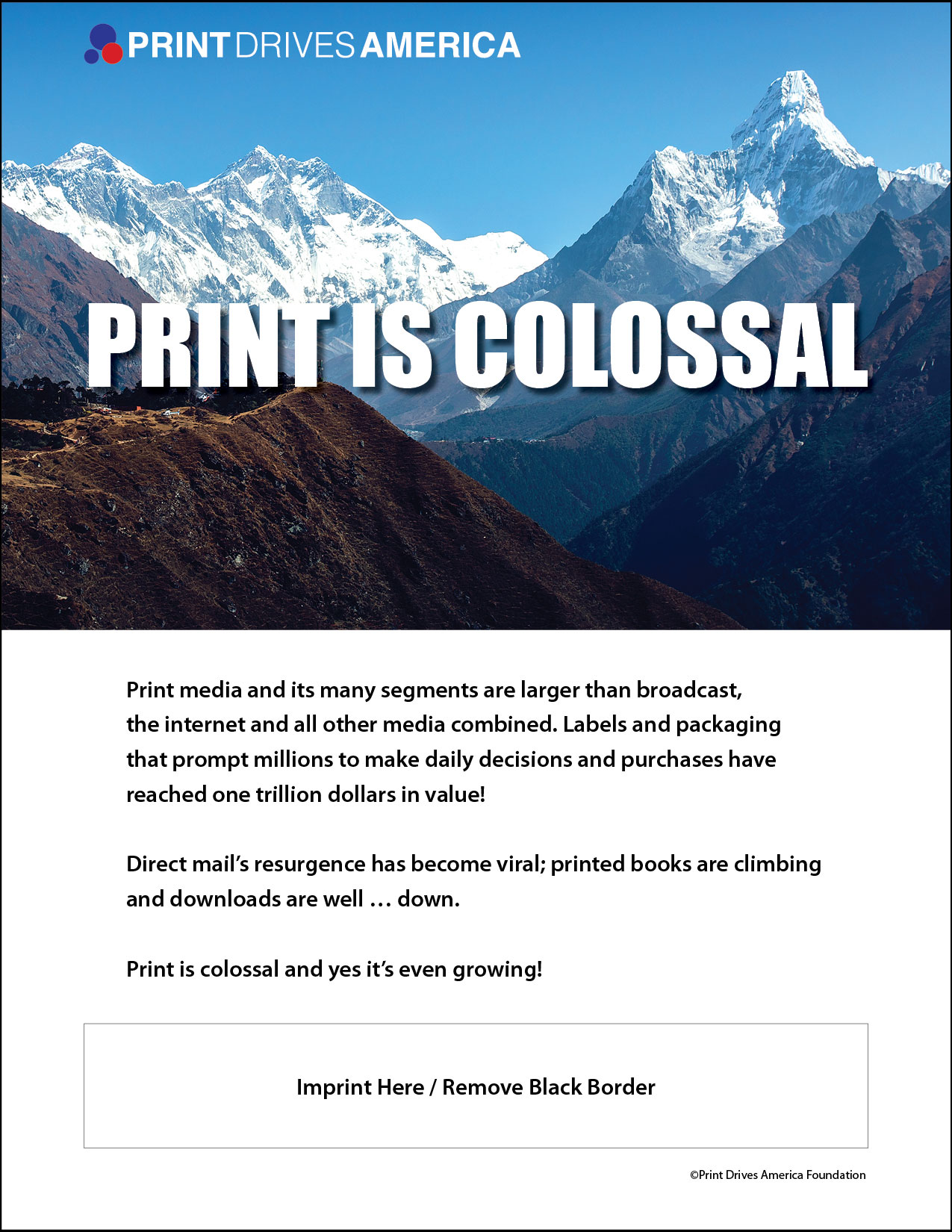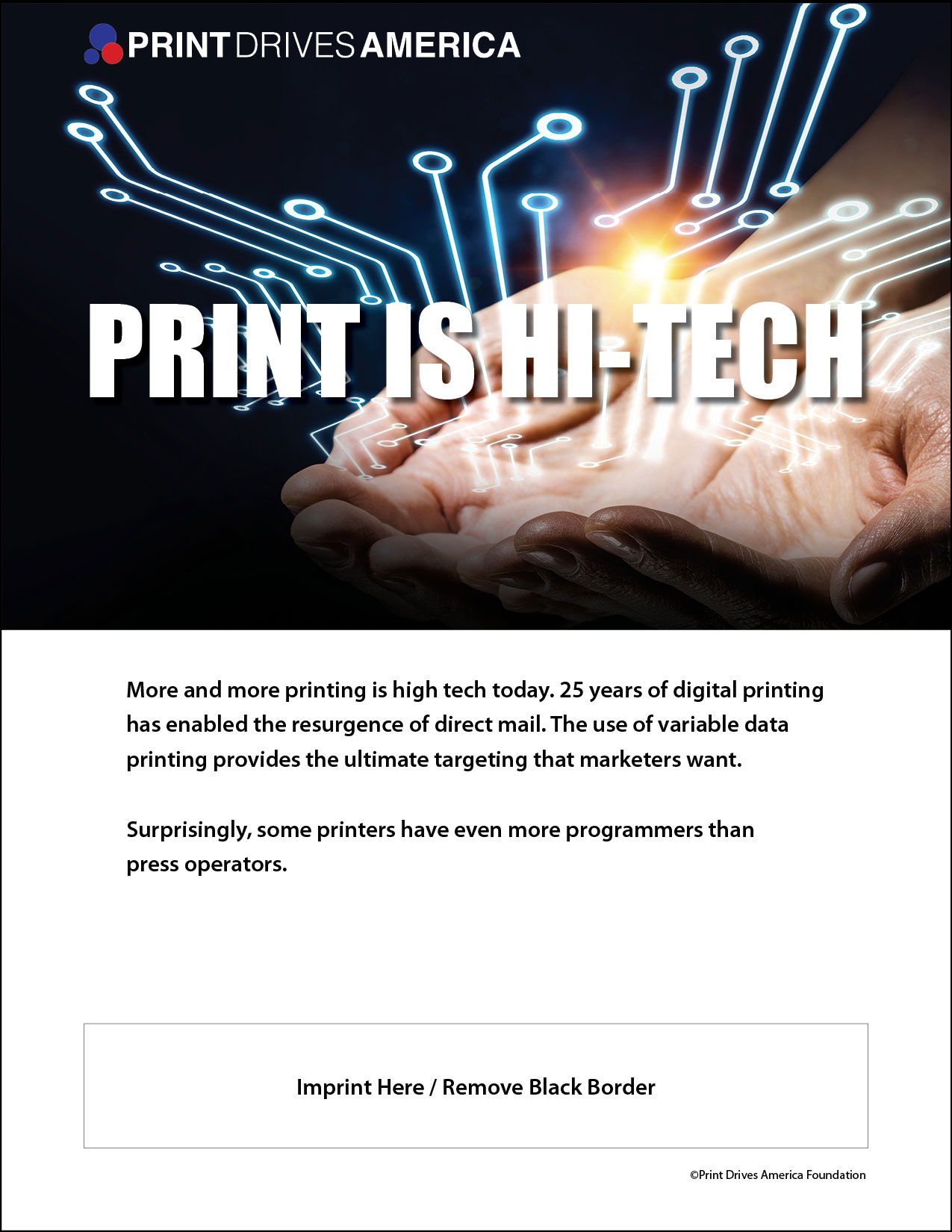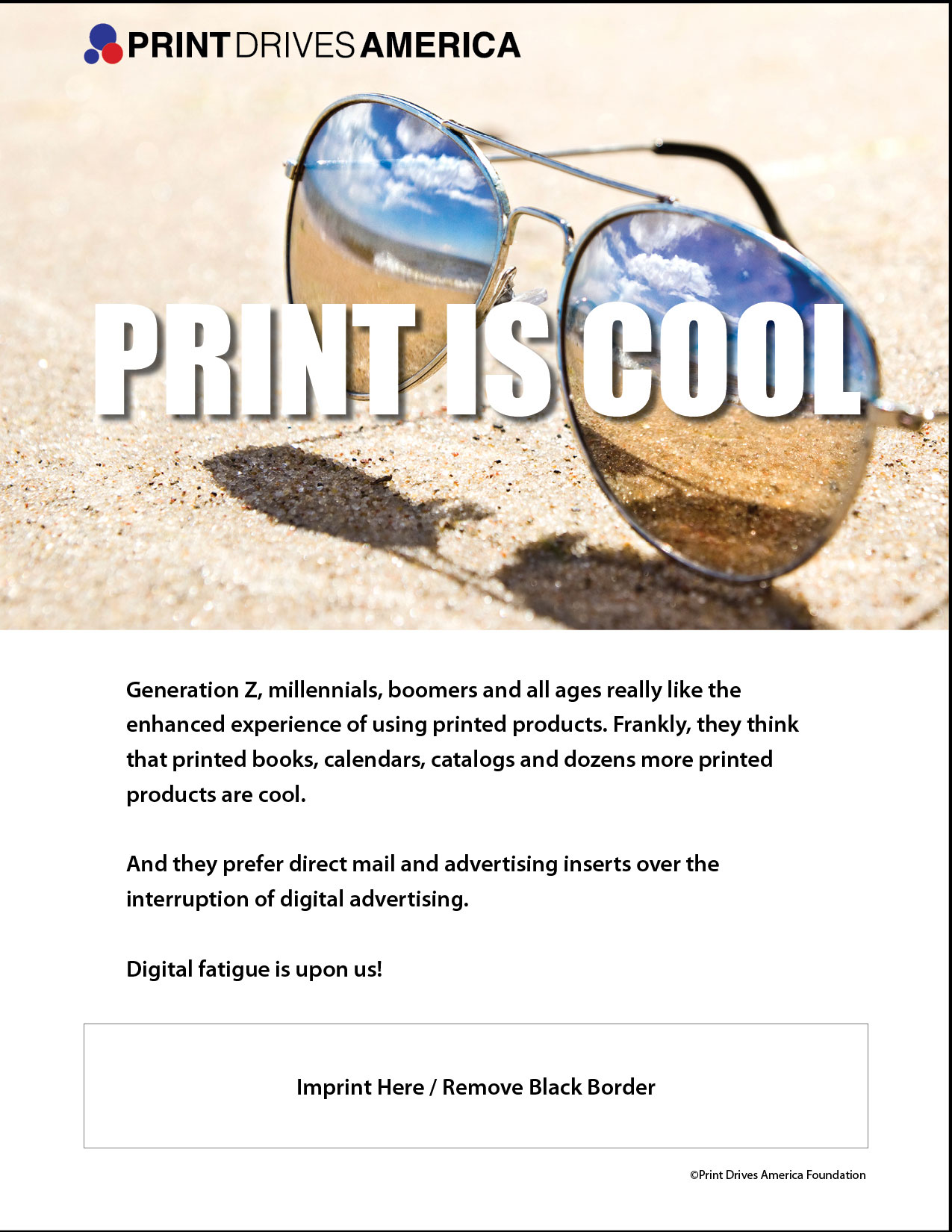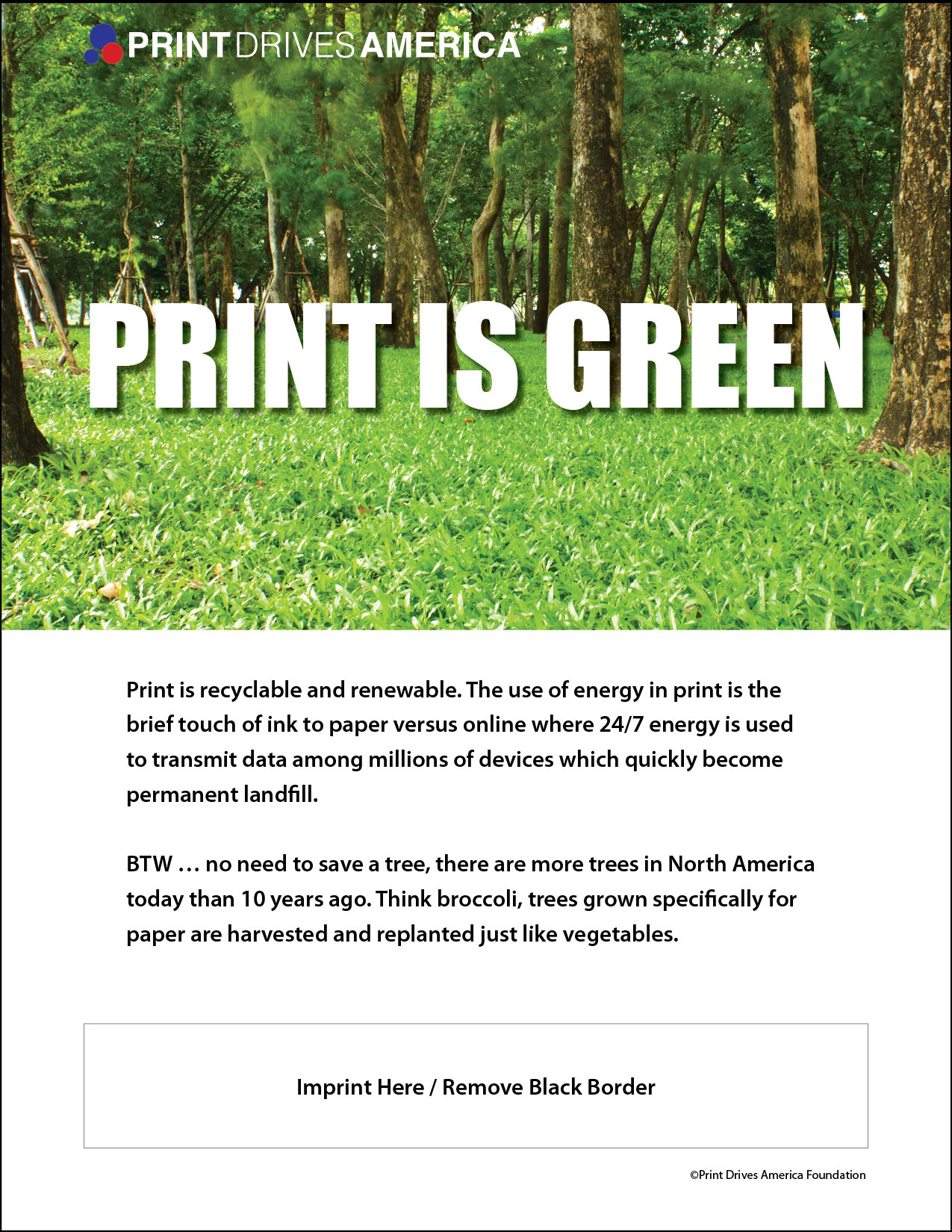It is happening again. Another digitally based company is requesting everyone “Go Paperless in 2013.” This time, Google is the brand behind the “Go Paperless” initiative, but just as Toshiba’s “No Print Day” last October was a bust because of the outcry from the Printing Industry that used the facts to prove the print and paper industry have continuously made great strides toward environmental excellence, so too, will this initiative — as long as we work together to spread the word regarding the truth about print’s environmental footprint. While we like the idea of being environmentally conscious, “No Print Days” or “No Print Years” are not the correct solution.
We received a special announcement this week from Michael Makin, President and CEO of Printing Industries of America who wrote an open letter to Google CEO, Larry Page, and Chairman, Eric Schmidt, challenging Google on it’s environmental stance — noting the print industry has been leading the way for utilizing a sustainable process in the creation of print and paper products. In this letter Mr. Makin pointed out that today the United States has 20 percent more trees than it did on the first Earth Day — more than 40 years ago.
As stated in his letter, Michael Makin presents Google’s CEO with some facts:
- Printing is the only medium with a one-time carbon footprint—all other media require energy every time they are viewed.
- Electronic devices, which Google produces, for example, require the mining and refining of dozens of minerals and metals, as well as the use of plastics, hydrocarbon solvents, and other non-renewable resources.
- Finally, about 50–80 percent of electronic waste collected for recycling is shipped overseas and is often unsafely dismantled.
While the printing industry is using approximately two thirds recycled energy to produce their product, the majority of U.S. companies only use about ten percent recycled energy to produce a product. Because of the inaccuracy of the facts around the “No Print Year” Printing Industries of America came up with a counter-campaign, The Value of Print.
The campaign includes a flip-book to be used to gain a better understanding of the issues regarding print and the environment and to help reduce the myths floating around about print. The flip book is divided up into four different sections: Misconceptions, a.k.a, the responses to the common misconceptions about print that digital companies are promoting. Secondly, the effectiveness of printed material, which gives statistics on how print is an effective part of the marketing mix and how about 60 percent of people still prefer print over digital when reading. A ‘By the Numbers’ section which discusses the importance of the industry and its large economic footprint. And finally, the last section, Resources, which lists websites where more information on the subject can be found. To learn more about these issues please view the flip-book at www.printing.org/valueofprint.
Both print and digital are strong forms of communication. They should be working together to reach our audiences and increase sales. Additionally, each medium has its environmental impact, but print is environmentally conscious and digital media may not be as environmentally friendly as we may think.
Timothy Freeman
President
Print & Graphic Communications Association




